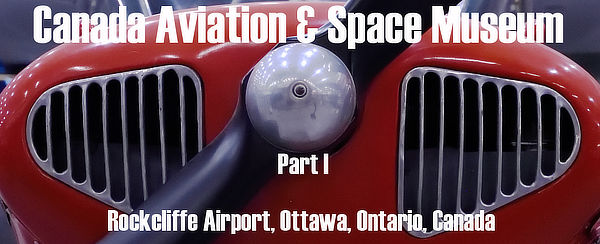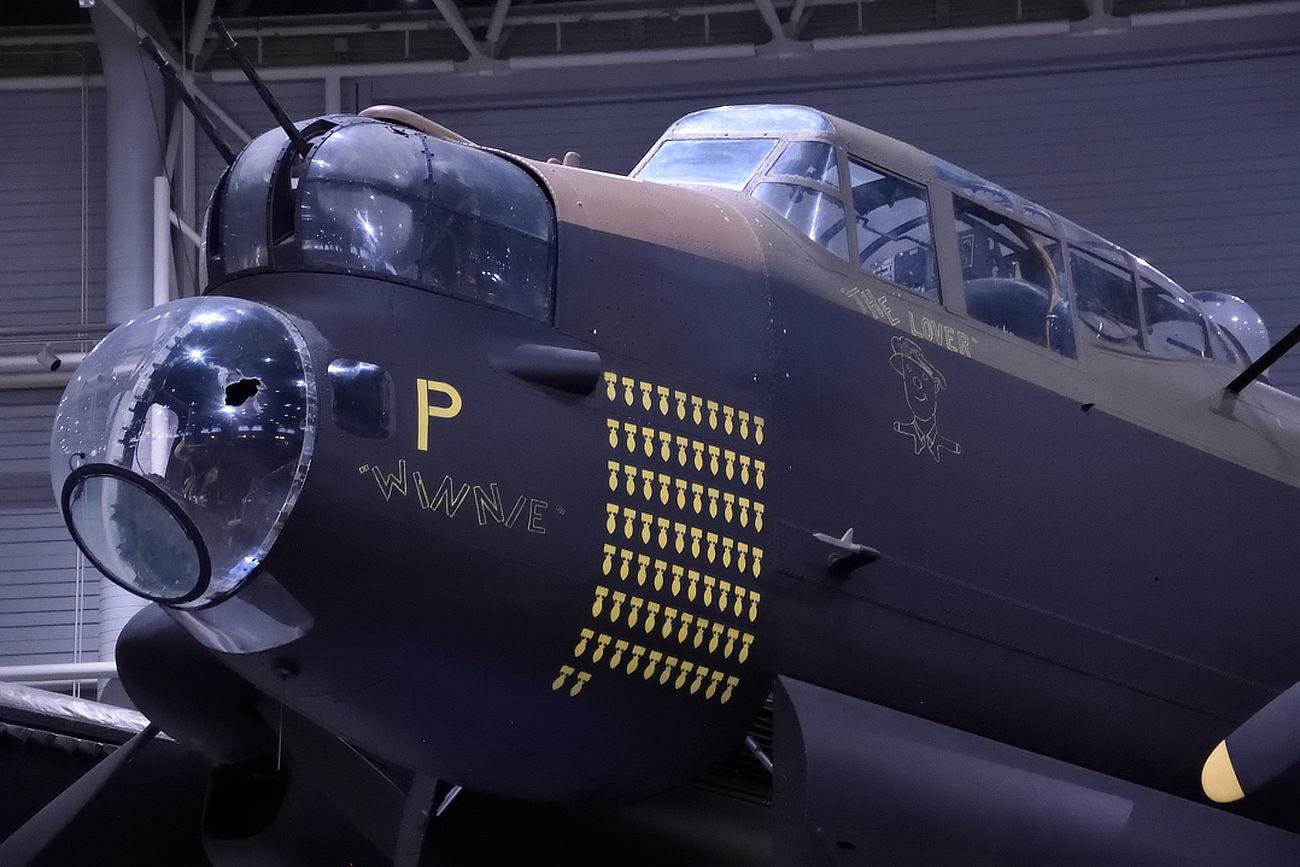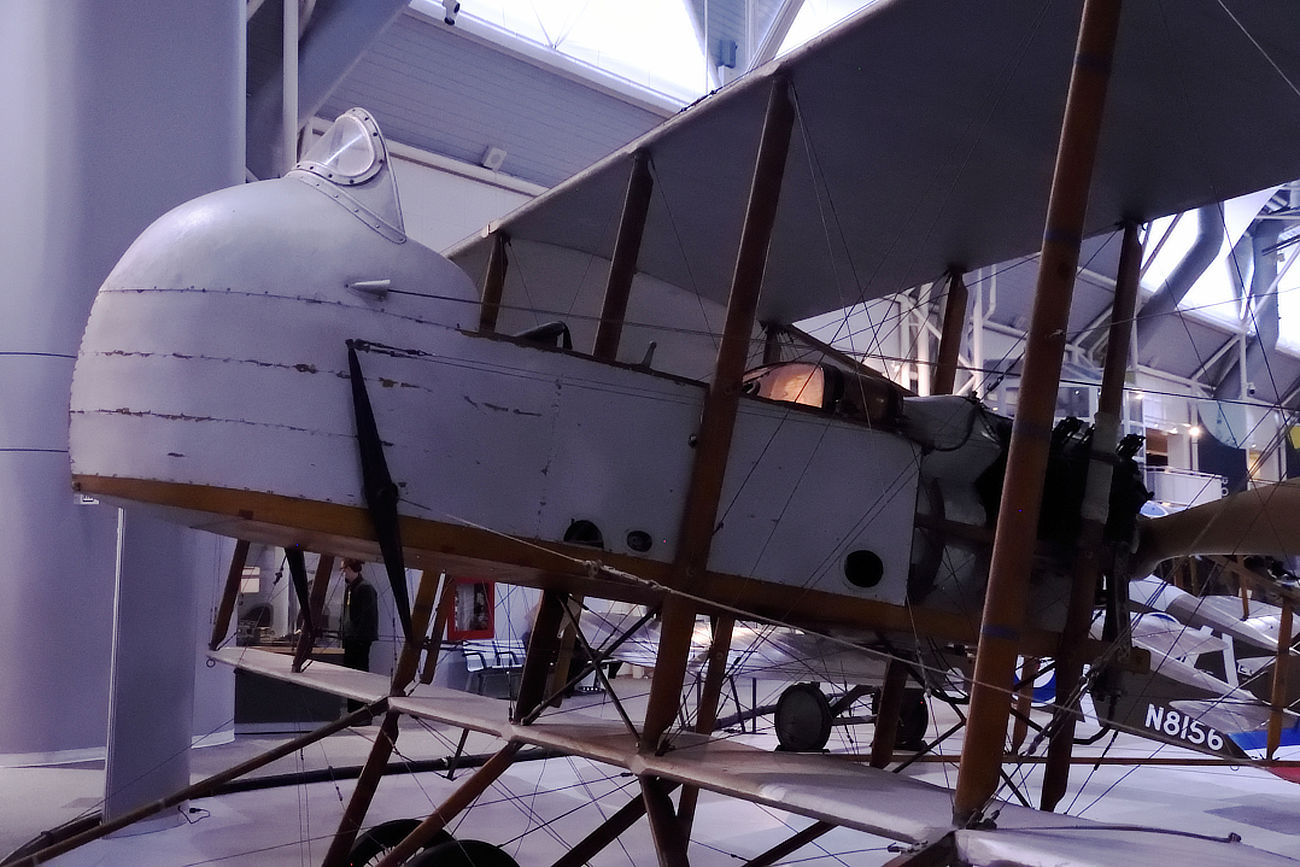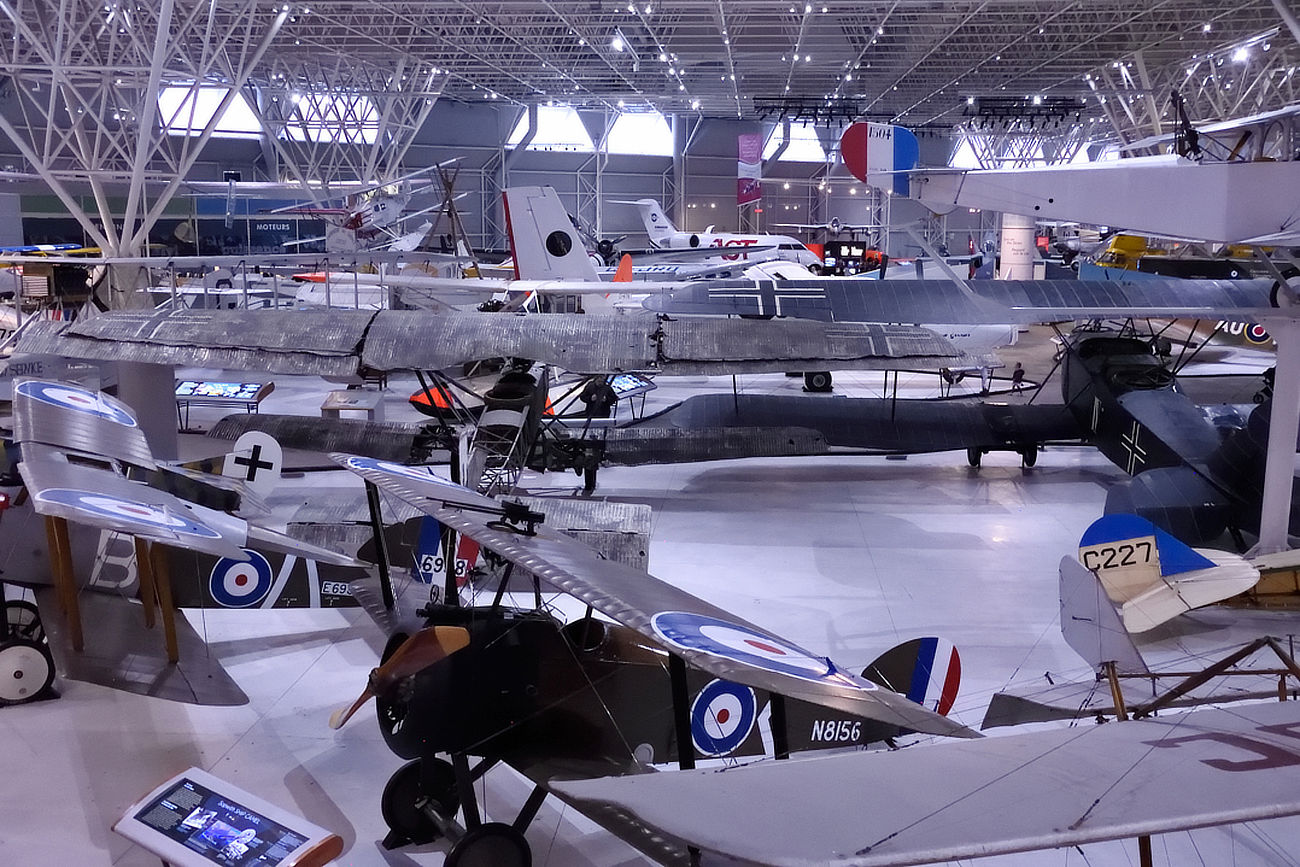ISSUE 936 - April 29, 2025 • Over 7,000 Total Ads Listed • 1,000+ NEW Ads Per Week
This eFlyer Has Been Sent To Over 158,000 Subscribers
|
| Canada Aviation & Space Museum, Ottawa, ON, Canada - Part 1 |
| Kevin Moore, Contributing Writer & Photographer |
|
In the capital of Canada, Ottawa, Ontario, is the national aviation museum of Canada. It is an underrated, under-funded and under utilised museum. It is the Canada Aviation & Space Museum situated on what is now a small civilian airport just outside of the city on what was once RCAF Rockcliffe, a bustling World War II and Cold War era fighter base.
|
|
|
| The Canada Aviation & Space Museum is Canada's official, national museum located in the capital region, Ottawa, Ontario at Rockcliffe Airport (CYRO). |
|
|
|
| The Canada Aviation & Space Museum main building, left, on a chilly late, winter day. A former RCAF, Canadian Armed Forces CF-114 Canadair Tutor in the colours of the famed RCAF Snowbirds aerobatic display team, right. |
|
Once housed in some of the original World War II era hangars, the museum underwent a change in venues when the federal government built the new, modern looking facility the museum it's currently housed in. Though a large, beautiful building, it is hardly large enough and is one of three proposed buildings, with the other two having never been built. There is a second building now, but it is not exactly part of the museum. It is a storage and maintenance hangar that is jam packed with aircraft. Some are in storage, having been switched out for other aircraft currently on display within the main museum building. Some are undergoing restoration, some are awaiting restoration, some are simply stored there as there's no room in the main museum building.
|
|
|
|
| Inside the storage and maintenance facility you'll find quite an assortment of aircraft crammed inside including a B-25 Mitchell bomber, left, (Photo courtesy of Andrew Semon) and the newest addition, a RCAF CT-115 SAR (Search & Rescue) de Havilland Buffalo, right. |
|
The storage facility also holds dozens and dozens of assorted engines, one of the largest collections of vintage aircraft propellers in the world and much more along with a few assorted odd or rare aircraft. It's a large building that is also home to Algonquin College aviation & maintenance program. It's also one of only two museum buildings having been built more recently than the actual museum itself. Inside are aircraft, engines, propellers, aircraft parts, maintenance and more.
|
|
|
|
| Bushplanes were a common site in Canada's north and, when maintenance was needed, innovation took over such as using a tripod of tree trunks, utilised to remove and replace an engine, left. Part of what may have been a typical load for a bushplane, right, back in the day. |
|
Inside the museum proper, you'll find aircraft from the early days of aviation, often referred to as pioneer aviation, World War I and World War II aircraft, through the Cold War and into modern and more current aircraft. Every decade of aviation in Canada is represented inside the museum. Displays include aircraft, typical aircraft loads from the early days of bush flying in Canada's north, artifacts like aircraft skis, floats, engines, propellers and so much more. You'll find yourself stepping into the world of bygone days of aviation. Spending a day, or two, at the Canada Aviation & Space Museum is well worth the visit.
|
|
|
|
| Two of the museum's World War I German aircraft are the only examples of their type in the world, A.E.G. GIV, left, and a Junkers J.1, right. |
|
Inside the main museum building there are assorted collections including the pioneering days of aviation, World War I, World War II, the Cold War, transport, space exploration and more. Among the aircraft there are some rarities including the only surviving multi-engine German aircraft from World War I, the A.E.G. GIV. This was a large bomber developed in 1917 and was one of 325 aircraft built and is the only remaining of the type in existence. It was shipped to Canada as a war trophy and was stored at CFB Borden until 1939 when it was moved to the Canada War Museum before finally ending up at the Canada Aviation & Space Museum. It was restored by the CASM from 1968 - 1970. Another rarity is the Junkers J.1, the only surviving example and another Canadian war trophy from the Great War.
|
|
|
|
| The Sopwith Snipe, left, and the Sopwith SHIP Camel, right, are two fine examples of World War I fighter aircraft designed by the British. |
|
In amongst the World War I aircraft are those used by Canadian pilots including the Sopwith Snipe and the Sopwith SHIP Camel. The Snipe was a replacement for the Sopwith Camel. Though its performance was only slightly better than the Camel, it was easier to fly. Famed Canadian World War I ace, William Barker, earned his Victoria Cross while flying a Snipe, managing to evade several German waves of fighters, shooting down 3 aircraft, despite being seriously wounded. The Sopwith SHIP Camel was developed for the RNAS (Royal Naval Air Service) and was modified with shortened wings, a detachable rear fuselage and had a variety of weaponry available for its use, depending on the mission.
|
|
|
|
| This Curtiss HS-2L is a reproduction example built by museum staff. Note the wide bottom hull and the side-by-side cockpit. |
|
The Curtiss HS-2L was designed & built by the Curtiss Aeroplane and Motor company and was the most widely used American built aircraft of the World War I. Post-war, many of these aircraft were utilised by civilian operations. The HS-2L helped to open up Canada's north, allowing access to remote areas operating from lakes and rivers. It was used for regular mail delivery, passenger service and forestry patrols. This aircraft is a reproduction, built by museum staff in 1986 and wears the livery of the Laurentide Air Service, dubbed "La Vigilance," their first aircraft. It crashed into Foss Lake, Ontario in 1923 where it was discovered and salvaged in 1967.
|
|
|
|
| The iconic Fairy Swordfish, left, credited for helping sink the German Battleship, Bismark, during World War II. The Heinkel He-162 Volksjager, right, developed late in World War II by the Germans in just 90 days. |
|
World War II aircraft are well represented inside the museum. Among their aircraft are a Supermarine Spitfire, Hawker Hurricane, Avro Lancaster, Bristol Bolingbroke, Fairy Swordfish, North American Harvard, Fleet Cornell, Fleet Finch, de Havilland of Canada Tiger Moth, German Messerschmitt Bf109 and the Heinkel He-162 VolksJager (people's fighter). The Hurricane and Spitfire are amongst the most well known of the British fighters, having defended Britain when she was most vulnerable during the Battle of Britain. The German Bf109, with which the Spitfire and Hurricane fought against in the skies over southern England and the English Channel during the Battle of Britain is probably as well known as are the former. The Harvard, Cornell, Tiger Moth, Cessna Crane and Finch were all training aircraft utlised by the BCATP (British Commonwealth Air Training Plan) across Canada during World War II. The Heinkel He-162 was developed late in the war, designed in just 90 days and was meant to be flown by inexperienced glider pilots as a high speed fighter aircraft. Unfortunately, for the Germans, it was too little too late and very few saw action before the war in Europe ended in June 1945.
|
|
|
|
| The Canadian designed & built Avro Arrow was a highly advanced interceptor built by A.V. Roe Canada in the late 1950s. Very little of the actual aircraft remains other than the nose/cockpit section, left, and one of two wings within the museum, right, with the other wing in the storage hangar |
|
During the mid 1950s, the RCAF required a new, modern aircraft to use in the defence of Canada. A.V. Roe (Avro) Canada developed the Arrow, an all-weather interceptor that surpassed all requirements outlined by the RCAF. Expected to have a top speed in excess of Mach 2, a surface ceiling of 50,000' - 60,000' feet, fly-by-wire with a crew of 2, this beautiful aircraft was destined for greatness. Despite successful test flights, proving it's capability, an election was held during the latter stages of development & testing, having proven itself more than capable, the newly formed government cancelled the aircraft and ordered all existing aircraft cut up for scrap and ALL records, including plans, models, engines, etc, destroyed in 1959, along with the Ordenda Iroquois engines that were specifically designed & built for the Arrow. It is still a highly contested decision and mourned by thousands of Canadians and aviation lovers today.
|
|
|
|
| One of several World War II training aircraft, the Fleet Cornell, built by Fleet Aircraft Canada in Fort Erie, Ontario, left, and a training a Cessna Crane, right. built by Cessna Aircraft Company (Photo courtesy Andrew Semon). |
|
The Canada Aviation & Space Museum isn't the largest collection of aircraft in the world but it has an interesting collection of rare and historic aircraft. These historic aircraft represent a history of aviation in Canada and from other parts of the world. From the mighty Avro Lancaster to the supersonic CF-188/CF-18 Hornet, there is a story around every corner of the museum. Canada and Canadians contributed to the aviation industry in great numbers with advancements in technology & ideas. As you walk around the museum you will read about Canada's aviation history, including assisting in the space race. Come back next week to learn more about the aircraft that make up the Canada Aviation and Space Museum in Ottawa, Ontario, Canada.
|
|
|
|
| Two of the most iconic aircraft from the Battle of Britain are the British Hawker Hurricane, left, and the German Messerschmitt Bf109, right. |
|
|
|
| This de Havilland Fox Moth, left, was utilised by famed Canadian pilot, Max Ward, long before his fabulous airline, Ward Air, was flying aircraft such as the Boeing 747. Another de Havilland aircraft is this gorgeous Puss Moth, right. |
|
|
|
| Another aircraft used by Canadian bushpilots in the early days was the Fairchild FC-2W2, left. Even vintage vehicles grace the museum, right. |
|
|
|
| There are numerous aircraft engines including this German Jumo 205 diesel powered aircraft engine, left. The famed German World War I Fokker D.VII fighter aircraft, right, was well respected by Allied World War I fighter pilots. |
|
|
| The Maurice Farman S.11 Shorthorn was designed & built in France though production also took place in Great Britain and Italy with over 4000 aircraft having been built. |
|
|
| The Canada Aviation & Space Museum has a great collection of aircraft and is a highly recommended place to visit while in the Ottawa region, the capital of Canada. Make plans to visit when you're there and return to Barnstormers.com next week to see more of the museum. |
| By Kevin Moore, Contributing Writer & Photographer |
|
| |
|
































